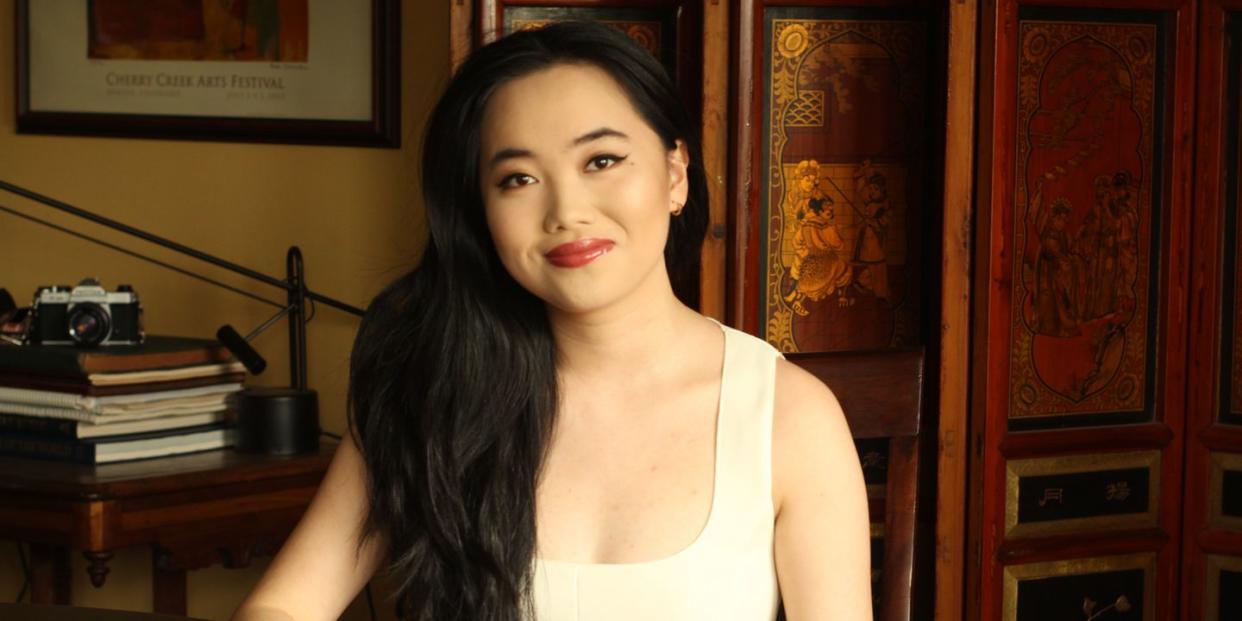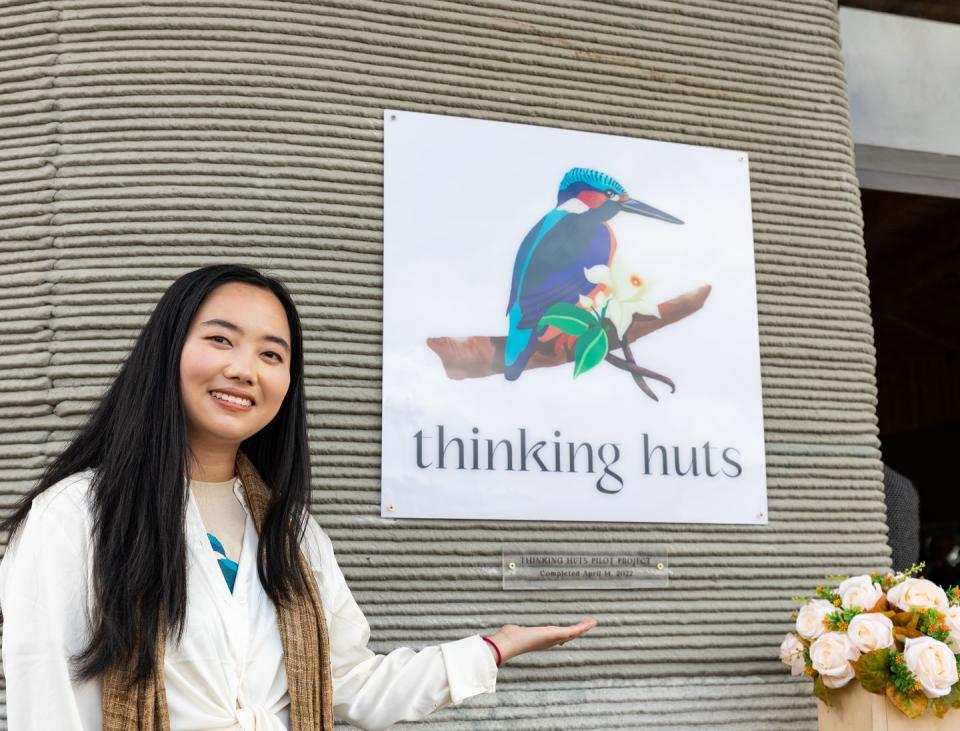Meet the young entrepreneur changing the face of philanthropy

The phase ‘check your privilege’ has tumbled into common parlance over the last few years; a reaction, no doubt, to the stark exposure of our relative haves and have-nots during the years of the pandemic. But for teen entrepreneur Maggie Grout, who in 2015 founded her own charity aged just 15, an awareness of her own privilege has been a lifelong preoccupation.
Abandoned shortly after her birth in a rural village in China, she was found in a basket by an orphanage worker and adopted into a new life in the United States. Aware of the course her life could have taken, she always knew that whatever career she chose, it would have to be centred around purpose.
"I think it was always going to be philanthropy," she says. "I understood how lucky I was in terms of the opportunities I had through education access. I knew it would be hard to start my own charity, but I figured if I started younger, maybe it would work for me eventually!"
More than nine years later, Grout’s passion project is still going strong. Thinking Huts is a remarkable approach to the education crisis facing young people in the rural communities of developing nations. Providing educational facilities may not seem revolutionary, but Grout’s concept was to bring technological innovation to philanthropy: her schools are 3D printed.

"I first came across [3D printing] through my dad, because he had a business technology background and I became fascinated by it," she shares. "I immediately saw the potential; it gives people with less experience in construction an easier way to learn, and it takes a fraction of the time to build."
The process is, indeed, a remarkable one – one which will bring untold benefits to the world of philanthropic construction in developing nations. Grout shares that her last school "printing time" was about 18 hours and her next, slightly bigger, endeavour is estimated to take just over two weeks.
Grout also ensures that the materials used, and the labour hired to build (yes, 3D printing still requires physical labour) are all locally sourced, to ensure that the project is as ethical and sustainable as possible. It is indicative of her outlook from the onset, which has been to work directly with grassroots organisations.
"I initially started by reaching out to smaller non-profit organisations that already worked locally, and then I was introduced to community members that way, so I got a better sense of how the local governments work, all the way up to the larger structures, like the Ministry of Education," she explains. "It took three years to sign the partnership in Madagascar. You figure out that you've got to navigate through all those connections first."
"It was always really important that I understood the international development side of things," she continues. "You have to be so aware of how you’re working with communities and make sure you’re actually adding and not taking away, or that [what you're doing] doesn't have any potential negative collateral effects. I think people assume [with 3D printing] it's all automated and that we're removing jobs, but we're actually just approaching it in a very different way."
The organisation is currently focused on East Africa but there are 17 countries that have applied for a Thinking Huts school. It is a commendable achievement for a woman who first began her idea as a teenager.
"It definitely took many years to get to the point where I could show people that it was actually possible to do this – and in a thoughtful way that still includes local artisans," she says. Her first years, she explains, were largely spent listening and learning; asking for advice, gathering information. Yet, throughout, she knew that her initiative was a game-changer for the philanthropic world. "I saw innovation like this being used in Silicon Valley and I just thought, why can’t we use it to make a difference? Why can’t we use tech in charity? I hope I have proved it can work."

She has learnt many lessons from her entrepreneurial journey so far. Key among these was establishing the importance of building the right team, and understanding that the strategies she would learn in business school – where she enrolled to fully scale her charity – had failed to help her find a relevant foothold in funding.
"Most of my classes told me that I need to maximise shareholder value, and I realised that this makes no sense for what I'm trying to pursue," she explains. "We can’t seek venture capital and we aren't a fit for foundations, because they want to see more than 50 years of data. You can't do that with tech innovation. I started out just cold-emailing larger philanthropists, seeing if they could fund my idea. People didn't want to take a risk for something new." The business world, Grout now understands, is not geared towards altruism. She instead relies on the goodwill of large individual donors. "You can’t put a price on good karma," she jokes.
After years of listening and gathering, Grout has reached a new maturity in her career. She is, after all, despite her young age, a seasoned entrepreneur.
"I think a lot of it was trial and error, because I would get so much advice from people, but they are drawing from their own experiences. What I learned is that no one else's journey is going to be like yours; there's no perfect solution that you can follow as a model," she says. "The biggest thing I’ve learnt is to trust my own voice and my own instincts."
Read more about the work Thinking Huts is doing here.
You Might Also Like


